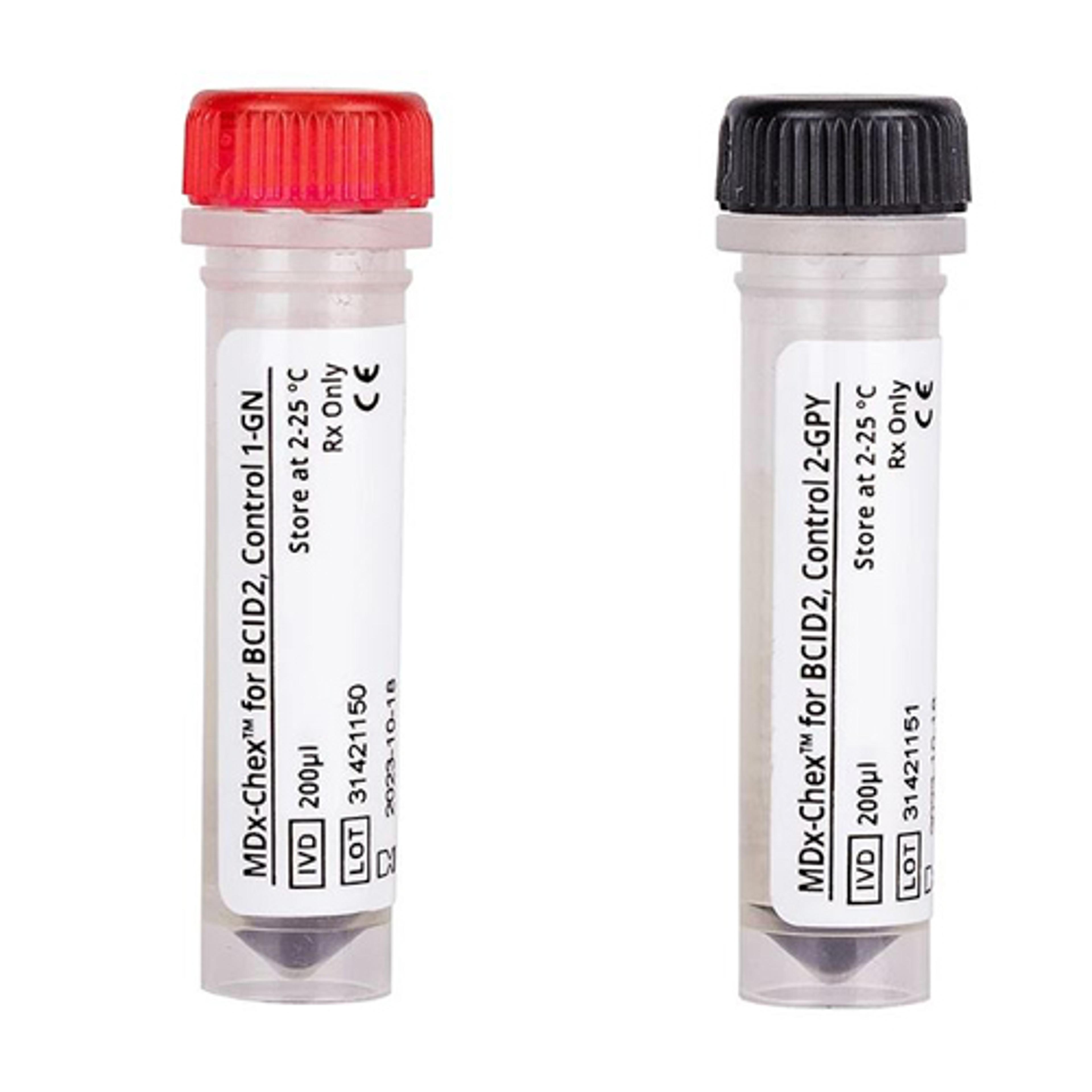How external quality controls are transforming molecular diagnostics
Molecular diagnostics experts share why EQCs are no longer optional if you’re looking to elevate your molecular diagnostics
26 Aug 2025
The landscape of molecular diagnostics has changed dramatically over recent years, with external quality control (EQC) methods emerging as fundamental processes for regulatory success.
With stringent regulatory and accreditation requirements driving labs towards robust quality control practices, scientists are increasingly finding that EQCs are a critical component for ensuring repeatable and meaningful results. This illustrates a shift in both mindset and regulatory requirements, aimed at achieving meaningful results in clinical settings.
The distinction between EQC and IQC
Despite being a routine part of laboratory operations, confusion between internal quality controls (IQCs) and external quality controls (EQCs) persists among laboratory professionals.
Simply put, IQC is performed within the laboratory using control samples—often supplied by the test manufacturer—to verify the functionality of an assay on a daily or ongoing basis. It confirms that instruments and methods are working correctly as specified by the manufacturer. In short: IQC verifies daily test performance within the lab, while EQC independently assesses accuracy and comparability over time.
External quality control products, third-party controls, or reference materials are intentionally not manufactured by the test provider. They offer independent verification of the measurement process and can reveal systematic bias that might be missed when relying solely on manufacturer-provided controls.

Wendy Royalty, Streck, and Dr. Andreas Eckelt, IVDRconsulting UG, share insight into the molecular diagnostic quality control landscape
“With internal controls, the manufacturer really gets to decide what that entails,” explains Wendy Royalty, Director of Regulatory Affairs at Streck LLC, who has nearly 26 years of regulatory experience. “As such, an IQC may not validate the entire process; it may only cover one or two steps, whereas a well-designed reference material will validate the entire process from beginning to end.”
“If you run solely on the material provided by the manufacturer—the IQC—you miss a lot,” adds Dr. Andreas Eckelt, consultant at IVDRconsulting UG. “You risk false positives or false negatives because the test, from a manufacturing standpoint, is always tied to the control material it’s supplied with.”
In recent years, the molecular diagnostics landscape has shifted significantly, with the use of third-party controls emerging as a cornerstone of regulatory compliance and assay reliability. For example, under ISO 15189 Clause 7.3.7 (Monitoring the validity of results), laboratories must regularly monitor result validity—something that can be achieved effectively with third-party controls.
With increasingly stringent regulatory and accreditation requirements, laboratories are adopting more robust quality control practices. Scientists are recognizing that third-party controls are essential for producing repeatable, reliable, and clinically meaningful results—signaling a change in both mindset and regulatory expectations.
Regulatory drivers and future preparedness
The push toward better quality control is both best practice and increasingly mandated. European labs face new requirements under ISO 15189 and IVDR regulations, while accreditation bodies worldwide are tightening standards.
"What we've seen over the last few years is that regulations, not just in Europe but across the world, are getting more and more stringent,” notes Royalty. “The industry is also realizing how vital EQCs are to ensuring that the patient results being reported are accurate and meaningful."
However, despite this pressure, there is still a significant knowledge gap in labs. "The level of clinicians’ understanding in molecular diagnostics is typically two or more years behind current capabilities" Eckelt observes. "I can only encourage them to participate in medical trainings, focussing on data interpretation."
It is vital that all members of a lab understand the importance of external /third party quality control measures, rather than viewing them as unnecessary extra work. These challenges can be addressed with comprehensive education and training programs. Streck, for example, has developed internal courses to help its technical services team better understand molecular diagnostics, ensuring the company can effectively support customers.
Streck’s quality control solutions
Surprisingly, while regulatory guidelines (such as ISO 15189 and CLSI) ask that controls are created as close to a patient sample as possible, they provide limited practical information on composition, leaving manufacturers to identify and incorporate potential interfering substances themselves.
Eckelt warns labs against using banked patient samples as independent control material, emphasizing the importance of using a trusted, third-party material. "Using patient material as an external reference carries significant risk: its unknown composition can lead to inaccurate results and jeopardize patient safety, and unlike commercial products, its stability and constituents are in general not well characterized," states Eckelt.
For Streck, the development of effective independent control material depends on including not just the target analyte but also accurately replicating the complex matrices and interfering substances that are found in patient samples.
"It's really important to understand inhibitors that may be present in the patient sample and ensure that those inhibitors are also included in Strecks control material products to make sure that we're validating the entire process,” Royalty explains.
That’s why Streck’s MDx-Chex controls, for molecular diagnostic assays for bloodstream infections, include intact, inactivated microorganisms, red and white blood cells, and the inhibiting components found in blood culture media. This comprehensiveness ensures that the control experiences the assay just like a patient sample would for a truly complete validation.
The future of EQC
Ultimately molecular diagnostics have made a fundamental shift toward regulation to ensure superior patient safety and result reliability. EQCs, particularly those using whole microorganisms in patient-like matrices, provide the comprehensive process validation that modern molecular diagnostics demand.
The question for labs should not be whether they want to implement an EQC, but how quickly they can implement it.

